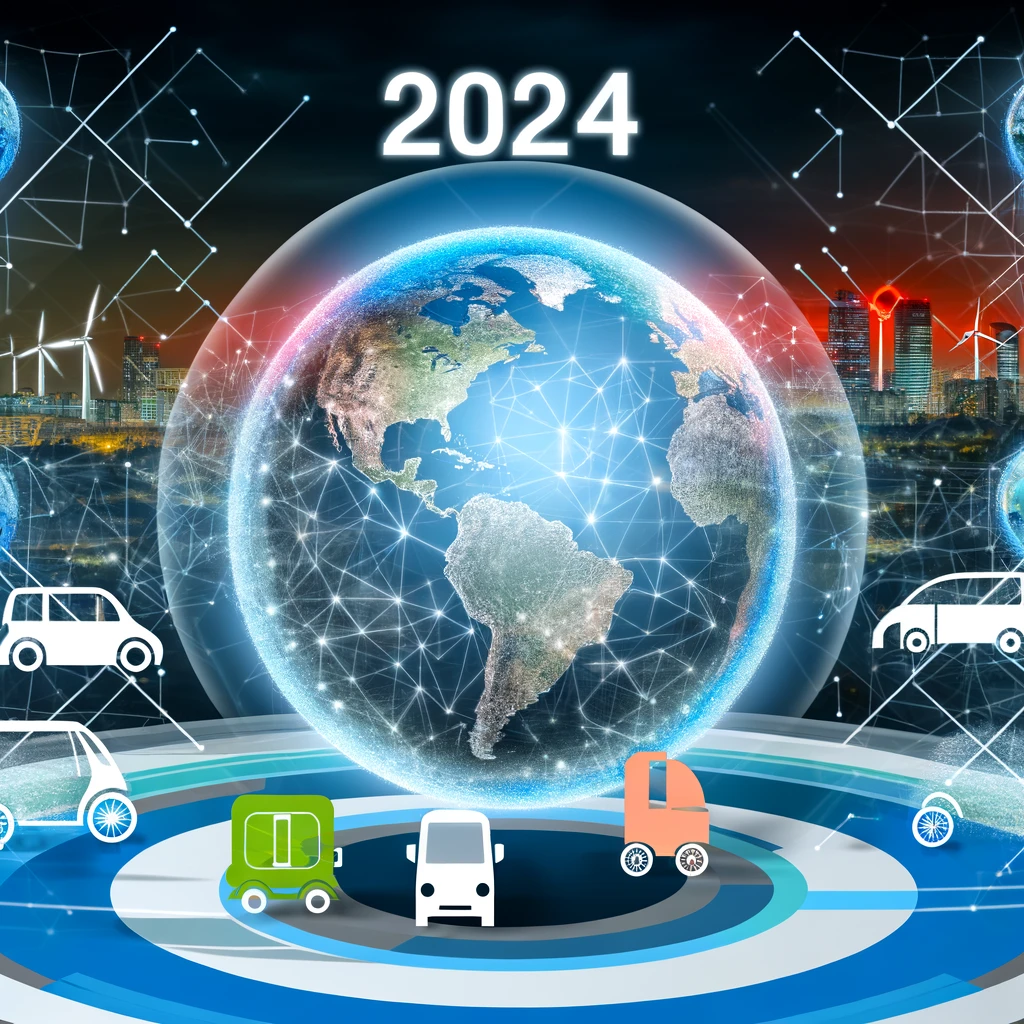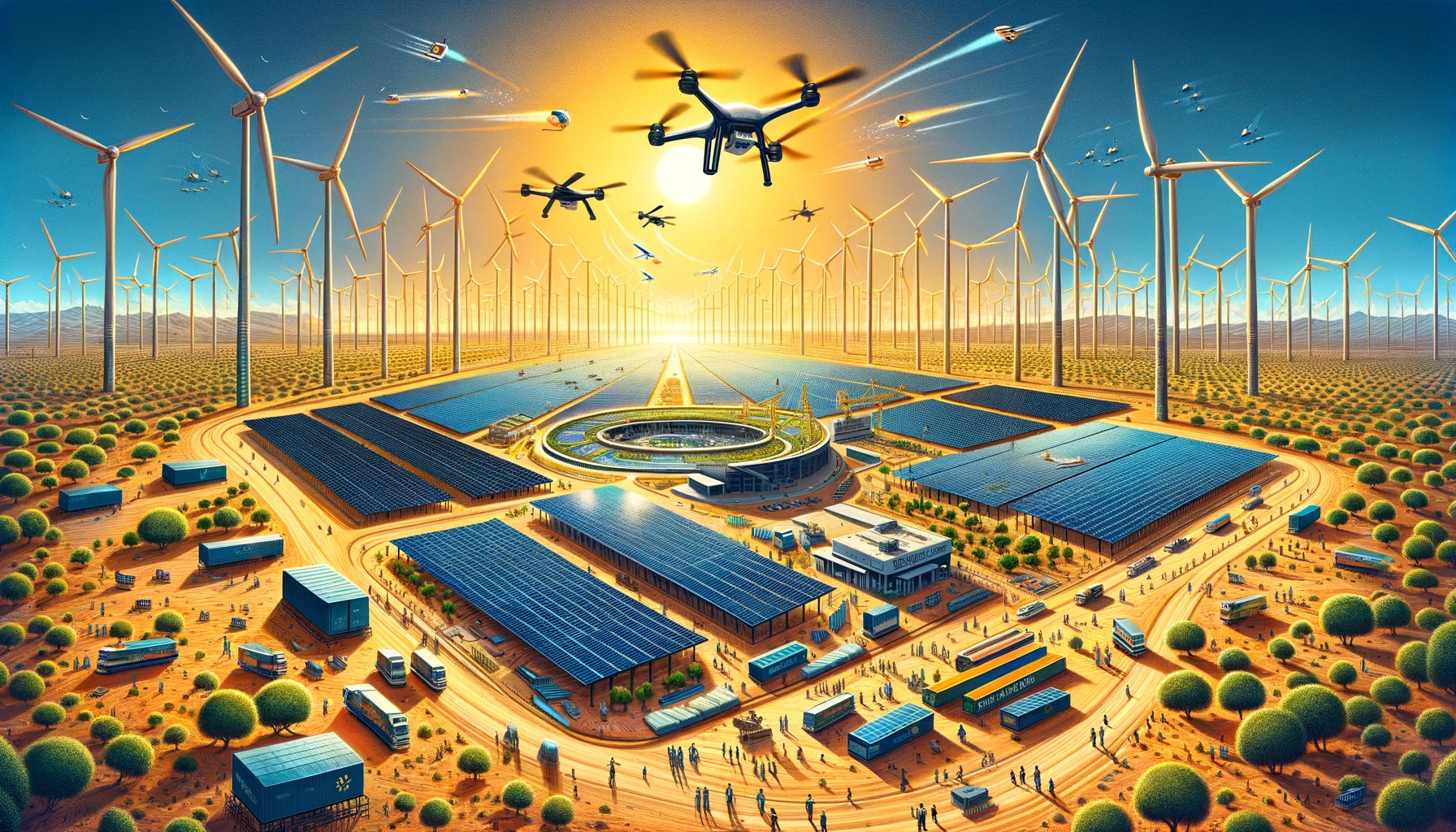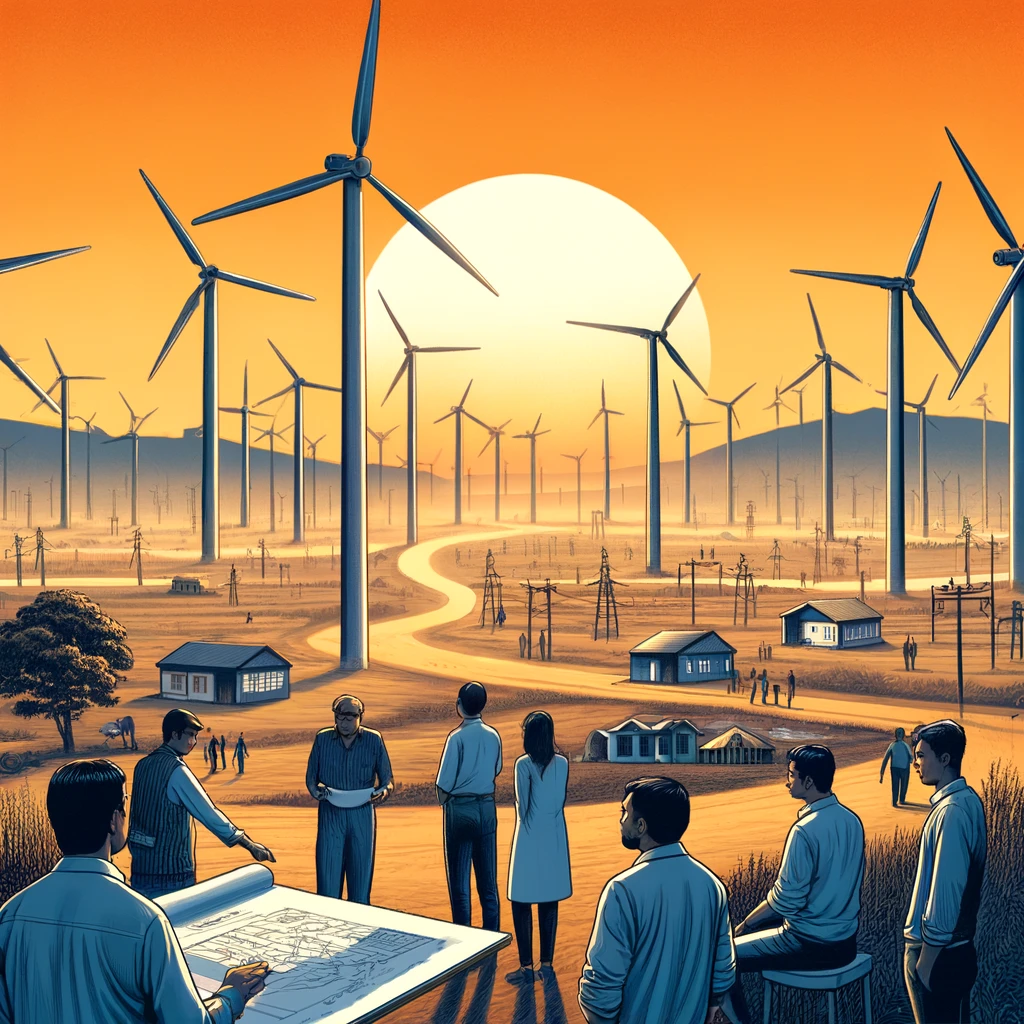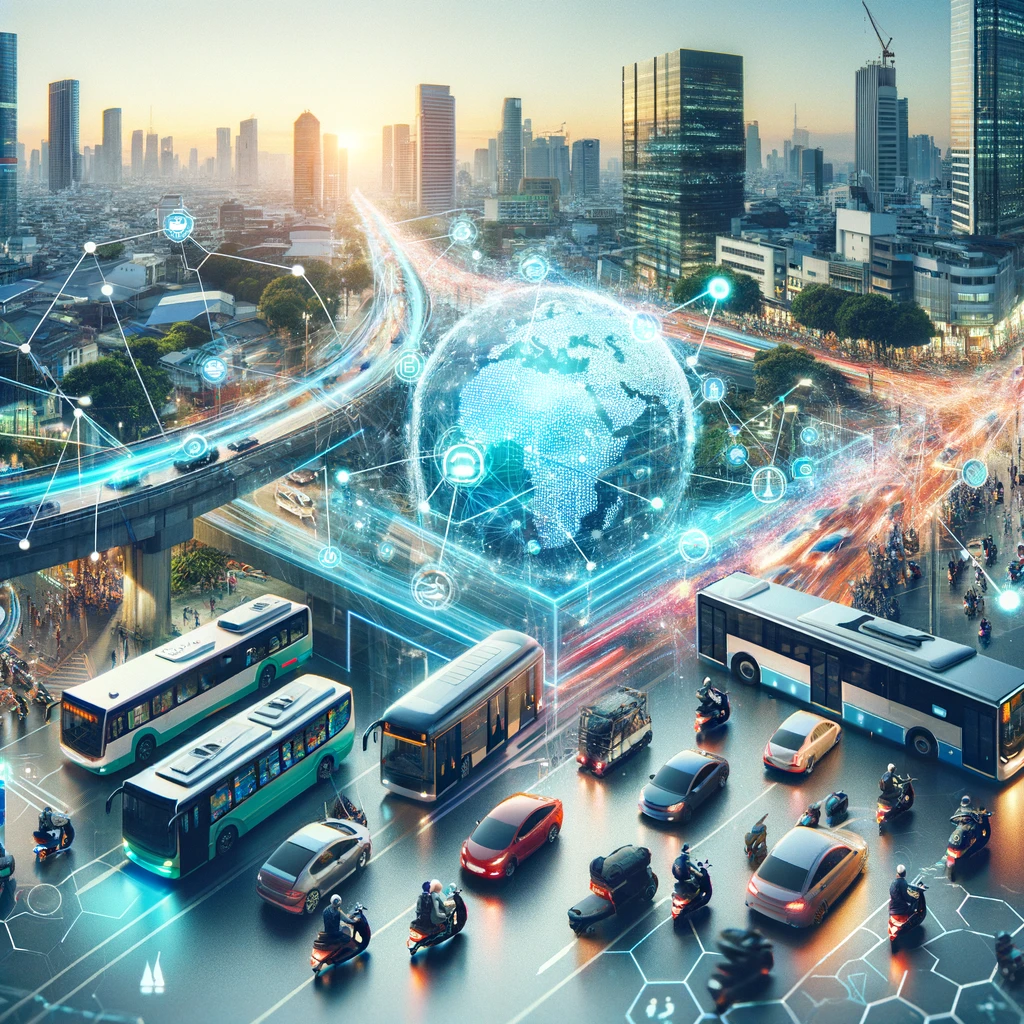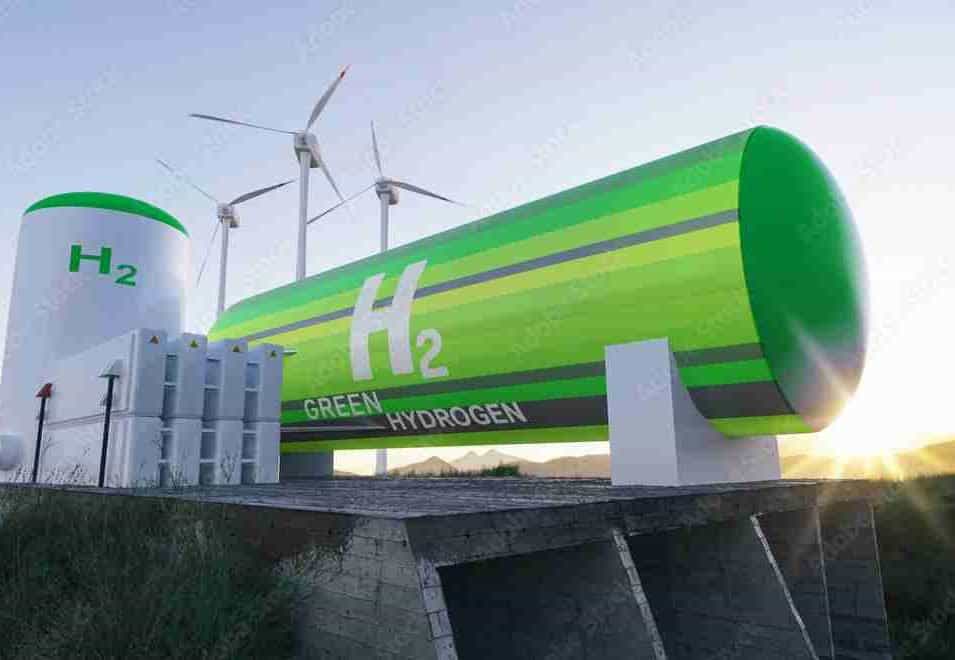International Energy Agency (IEA) has released its “Global EV Outlook 2024” that charts the trajectory of the electric vehicle (EV) industry up to 2035. According to the report, the electric vehicle (EV) landscape is rapidly evolving, with significant developments in market trends, policy initiatives, and technological advancements shaping its future. The “Global EV Outlook 2024” provides a comprehensive analysis of these dynamics, emphasizing the pivotal role of affordability, infrastructure, and policy support in accelerating EV adoption globally and particularly in India.
Market Trends and Statistics
The global demand for electric vehicles continues to rise, underpinned by robust investments and supportive policies. The report projects that by 2035, the electric car market could see sales nearing 17 million units annually, representing over 20% of global car sales. This growth is largely driven by major automotive markets, with significant contributions expected from emerging economies like India due to strong governmental push and evolving consumer preferences.
Electric vehicles are becoming more integrated into the energy sector, with their electricity demand set to make up less than 10% of global final electricity consumption by 2035. This integration is becoming increasingly significant, impacting electricity demand patterns and grid management strategies globally.
The Indian Perspective
India’s electric vehicle market is particularly noteworthy due to its unique challenges and opportunities. The Indian government has been instrumental in fostering this growth through various initiatives, such as the Faster Adoption and Manufacturing of Hybrid and Electric Vehicles (FAME) schemes and the Production Linked Incentive (PLI) scheme, which aim to bolster EV manufacturing and reduce dependency on imported technologies.
In 2023, India made significant strides in electrifying its transport sector:
- The country saw a remarkable 65% increase in electric three-wheeler sales compared to the previous year, largely due to financial incentives that reduced ownership costs.
- Electric two-wheelers also witnessed substantial growth, with sales up by 40% from 2022, supported by the continuation of the FAME II scheme and the introduction of the Electric Mobility Promotion Scheme (EMPS).
Looking ahead, the outlook for 2035 is promising, with projections indicating that electric vehicles could constitute about 50% of all road vehicle modes sold in India, potentially reaching up to 65% in more aggressive policy scenarios.
Challenges and Strategies
While the future of electric vehicles looks bright, there are several challenges that need addressing. These include:
- Enhancing battery technology to improve range and reduce costs.
- Expanding and upgrading EV charging infrastructure to meet growing demand.
- Implementing policies that balance market growth with sustainability and energy security.
Conclusion
The “Global EV Outlook 2024” highlights a transformative period in the automotive industry, with electric vehicles at the forefront of this shift. The report underscores the importance of sustained policy support, technological innovation, and infrastructure development to achieve these ambitious goals. For India, leveraging its existing strengths in technology and manufacturing, coupled with targeted policy frameworks, could significantly accelerate its transition to a more sustainable and electric-driven transport future.
